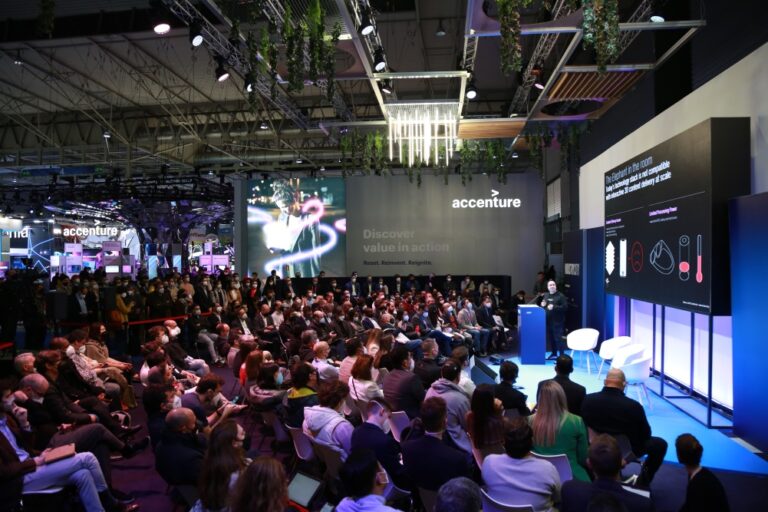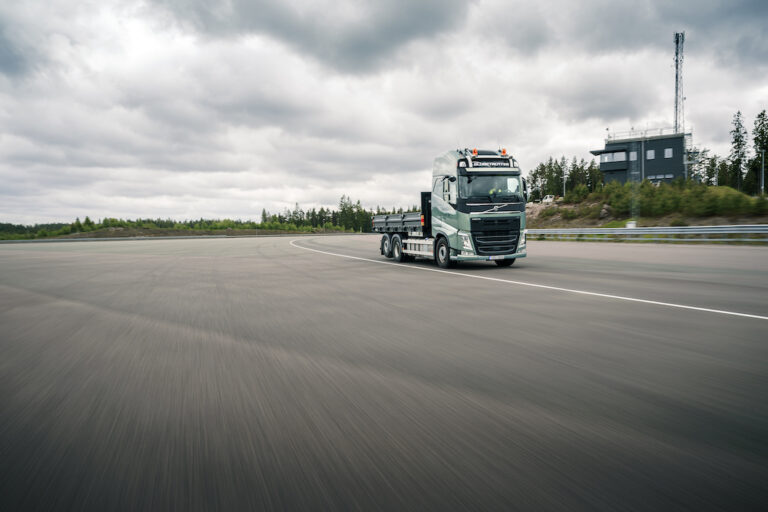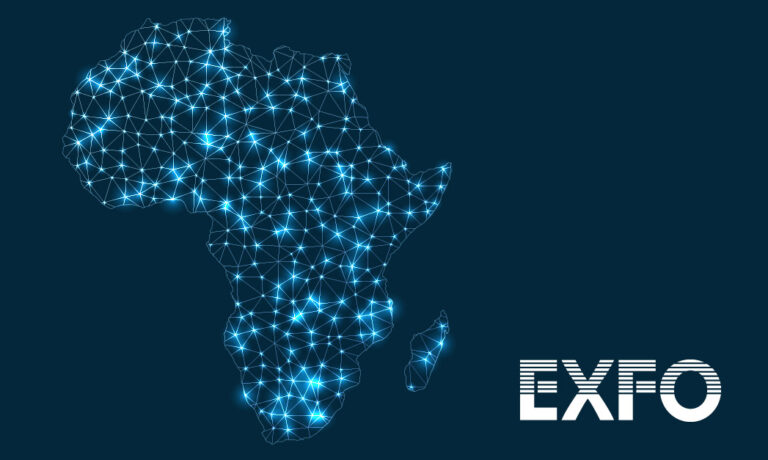Richard Cockle, Global Head of IoT, Identity and Big Data at GSMA answers questions on this year’s Industry City
You launched Industry City at MWC Barcelona in 2022 and it’s returning this year – why is it such an important part of the show?
For the past 20 to 30 years, MWC Barcelona has been hugely influential in the development of mobile technology. The show has been essential to the development of countless products and services, and long will that continue into the future.
Around 10 years ago, we acknowledged that, to continue to grow and develop, the industry needs to embrace, collaborate with and, ultimately, move into other areas. So we started looking at the other verticals and what mobile could bring to their products and systems too. A decade on, all industries have made some form of transition to digital.
We’ve become extremely close to the verticals focused on smart mobility, including manufacturing, automotive and fintech – and know that companies from within these sectors can bring really strong innovation to the table, whether it’s using 5G for better quality of customer service or even just to simplify user interfaces for better experiences, we can all learn from one another when we share best practices.
Take financial services, for instance. Around three years ago, we brought UK banks together around user fraud, which costs the industry almost £13 billion per year. UK operators asked for data, from which they analysed and identified who was falling foul of this. Telcos devised a proof of concept, brought originally to NatWest, that is now being rolled out to mitigate fraud in other banks like Barclays and RBS.
This is just one example of many, and it’s why we introduced Industry City to MWC Barcelona last year as a dedicated area to bring businesses, industries and solutions together through mobile. It was so well received that we’re thrilled to be bringing it back to MWC Barcelona 2023.
What can people expect from this year’s Industry City?
Once again, Industry City will be split into the Industry City exhibition show floor, the Industry City Stage and, of course, post-show networking drinks.
Last year, the Industry City Stage had more than 40 industry leading speakers across our dedicated industry summits, which are focused on FinTech, Manufacturing and Smart Mobility. Some 1,500 delegates turned up to hear about key industry topics, such as security, the metaverse, payments and fraud. This year, we have keynote speakers from the likes of NTT, Accenture, Mars, Tonomus, Palo Alto, World Pay, Airbus, BT, Verizon and JP Morgan.
But it’s not just about the stage, we’re also excited about the Industry City show floor, with a host of exhibitors joining us this year. This is where delegates can truly explore – it’s filled with demos, so they can get their hands on the latest innovations, from companies in their own sector and those from other verticals. It’s a great way to see how 5G technology can be applied for maximum effect to their own businesses, or used by their customers.
Can you tell us more about the Industry City summits?
We’ll be running three dedicated summits as part of the Industry City Agenda – just as we did last year. There will be a Manufacturing Summit, a FinTech Summit and a Smart Mobility Summit, taking place on the 27th February, the 28th February and the 1st March respectively.
At the Manufacturing Summit, delegates will hear from Teresa Tung from Accenture and Scott Gregg from Mars. Together with lessons learned, they will discuss their significant saving over the next several years by rapidly scaling digital twin technology to digitise global factory lines and assets.
Throughout the day, industry leaders including Carlijn Williams from Nokia, Babatunde Akindele from Verizon Communications, Marc Overton from BT Business, and many others, will be exploring a range of topics including; connecting an industrial revolution with cutting-edge technologies, the industrial metaverse, digital twins, automation and private networks.
The FinTech Summit, meanwhile, will feature speakers including Martha Sazon from GCash, Frehiwot Tamru from Ethio Telecom and Jeff DeLong from Worldpay. Topics of the day will cover everything from Fighting Back Against Financial Crime through to the rise of Fintech disruption.
With the automotive market predicted to be worth $81 billion (€75.75 billion) by 2030, Smart Mobility provides substantial revenue opportunities for almost every modern-day industry. Attendees to the Smart Mobility Summit will hear about emerging themes, learn more about new case studies and future opportunities across the sector. Talks will be led by Mischa Dohler from Ericsson and Mark Thirman from IBM Consulting, as well as many more.
Will we get to see any demos?
I know exhibitors will wow us with their stands and a wealth of demos.
One demo I’m already aware of – and really looking forward to – is the AALTO Zephyr. The AALTO HAPS team will have an AALTO Zephyr drone hanging above the stand and will show how it can deliver connectivity from the sky to remote regions (to aid forest fires, oil rigs, etc.). Visitors to the stand can see a number of scale drone models and hear AALTO HAPS’ many real-life use cases for the technology.
Other demos I can’t wait to see are those that will highlight how 5G can facilitate smarter and more efficient service solutions across all industries. Urovo will be showcasing its state-of-the-art smart terminals with recreations of the factory floor, storage areas and retail areas. Visitors can see how 5G technology is empowering supply chains and just-in-time delivery, as well as getting a first look at VR and voice identification technologies.
Accenture’s demos will cover cutting-edge remote-control vehicles that keep worker safety front of mind, AI within industrial use cases, as well as edge computing innovations so that CSPs can best monetise their 5G investment.
To make sure delegates see the best of these demos, we’ll be arranging walking tours of the exhibition floor.
Last summer, GSMA launched the 5G Industry Challenge. What can we expect to see from the winning entries?
We launched the 5G Industry Challenge as we’ve seen so many people and companies benefit from 5G, but wanted to ensure we were sharing best practices across industries. We’ve created a transformational hub which showcases how 5G benefits users and filled it with case studies showing real-world business outcomes of the technology. The Industry Challenge has been designed to encourage more companies across the vertical sectors to come forward with their own projects.
I don’t want to reveal too much about the winners, but we’ve seen some amazing stories come through, all of which are showing how 5G is really making a positive business impact for users. One example is where we’ve seen drones being used on windfarms to make things more efficient. By using 5G, drones can analyse the profile of wind turbines, and see if it’s impacting other turbines. Understanding this can help improve a farm’s efficiency by 30%. That kind of thing is something that really benefits us all and it’s why we wanted to see – and recognise – the amazing work that’s going on through the challenge.
You can sign up for MWC Barcelona 2023 via the registration page here – https://www.mwcbarcelona.com/passes












